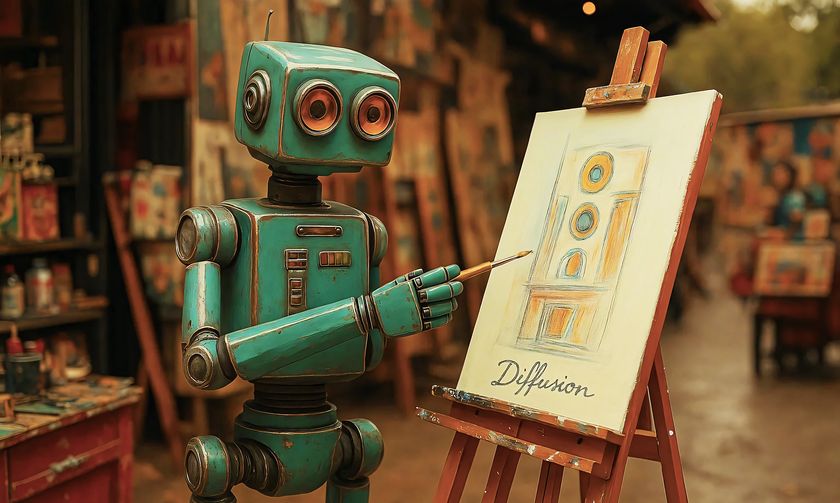From Gauntlet to Left 4 Dead - the history of co-op gaming
It's more fun to play together
We'll use World of Warcraft as our example game, because it's the best and if you think otherwise, we'll burn you with mage fire (mages being, of course, the best class, especially Alliance ones).
Simply playing in a group isn't the cooperative experience people get hooked on. In those fights, you're typically just lending your damage dealing/monster distracting/player healing skills to a simple fight.
It's only in the dedicated dungeons and PvP modes that you start to see the real game, with bosses that have multiple phases to defeat instead of simply a health-bar, along with the simple cut-scenes and narrative flow for areas that make them an adventure instead of simply a target.
An early example in the game is the Deadmines, which takes you through the mines themselves, the factories underneath them, and finally onto an underground galleon. Enemies become more complex as well, with regular monsters being relegated to 'trash', and the big-bads following more scripted routines, such as enemies arriving at certain points in the battle, or deploying more advanced attacks if not taken care of correctly.
The more advanced version, raiding, really ups the stakes. These encounters are built for teams of between five and 40 players and built around the Warcraft universe's greatest challenges, such as the Lich King from the most recent expansion.
A raid consists of several bosses, each requiring precision tactics to destroy, and heavy organisation. It's not enough to have your Elf actively not shoot the food; they've got to juggle the enemies, and deploy a whole bar full of potions and skills.
Mistakes are not kindly looked upon. A trip through a big dungeon like Karazhan, with special encounters ranging from a massive dragon fight to an opera-themed battle and a quick game of Warcraft themed chess can easily take four hours.
Get daily insight, inspiration and deals in your inbox
Sign up for breaking news, reviews, opinion, top tech deals, and more.
No wonder many players lose their lives to it all, especially since it'll take many, many, many trips through the same content to get all its treasure. With so much time spent talking, playing, and fighting in the company of the same group/players, proper friendships almost have to develop. If not, there's always slinky Night Elf dancing…
Speaking in teams
Actually managing something like this requires a lot of technology. It's not enough for your computer to simply play the game; it has to facilitate the communication required to coordinate anything more complicated than everyone just dashing around.
Most genres kicked off by leaving this to the players themselves. By setting up a LAN instead of using the internet (slow modems), voice communication could be done by the not very technical method of opening one's mouth and propelling air out of it in the form of spoken words.
These days, you need voice communication, using tools like Teamspeak and Ventrilo, the bandwidth to use them, and broadband connections fast enough to react instantly to online games running at the pace of any single-player title.
Simple shooters and strategy games were perfect for LAN play. Shooters – most notably Doom – could compensate for dumb AI by pouring lots and lots of enemies into the world, while strategy offered ways to take on the computer's multitasking/cheating ways by letting both players take a hand in either controlling the same army, or teaming up to show that if Skynet ever does declare war on us, we can take it.
Many strategy games have featured such co-op, both in the form of teams (often in Skirmish mode only) or letting two players share a base (as in Starcraft), but Red Alert 3 is the only major one to step up and make this a fundamental part of the campaign mode itself. By default, the player is teamed up with an AI character.













